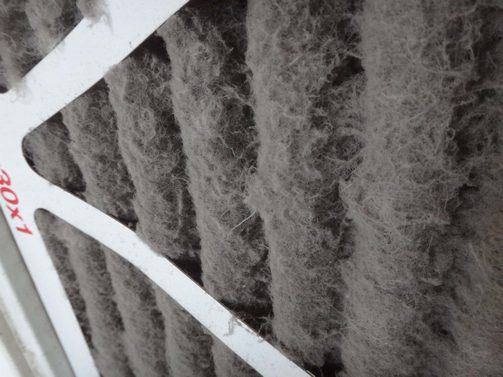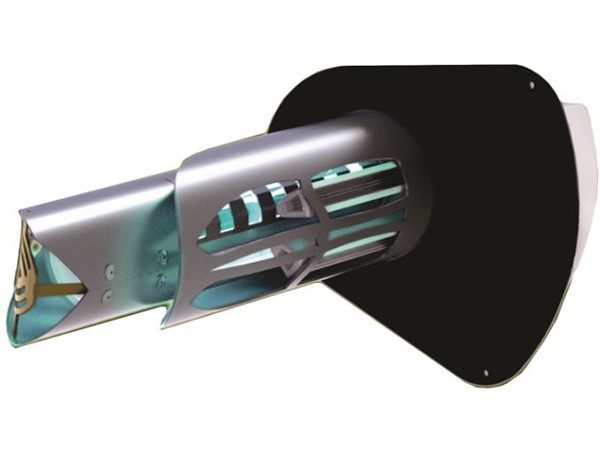
A/C FILTERS
Are you someone or does someone in your household suffer from allergies or some type of respiratory issues? Building-related symptoms are frequently pinned down to issues with heating, ventilation, and air conditioning, or HVAC, systems.
Indoor Air Quality, or IAQ, products are a relatively inexpensive way to address these issues. IAQ products come in many varieties.

The most basic IAQ system is your air filter. This should be your first line of defense for improving your indoor air quality. Air filters should always be used in your AC system. Using your AC system without an air filter will cause damage to your indoor unit. Without an air filter, the indoor coil captures all the dust, dirt, and particulates and everything captured will build up in the indoor unit coil. If the buildup isn’t too bad, a ‘pull and clean’ could be performed to remove the buildup. If the buildup is too severe or if the age of the coil is too great to be able to perform a ‘pull and clean’ service, the indoor coil would need to be replaced and this is a very costly repair.
AIR FILTER TYPES
The size of the filter is important. Each manufacturer has a specific size filter for their indoor units. Installing a filter that is not the correct size could allow particulates to pass through gaps not covered by the filter, and could possibly cause the filter to get drawn into the indoor unit’s coil.
Air filters come in all shapes, sizes, and MERV, Minimum Efficiency Rating Value, ratings. The higher the MERV rating, means the filter will capture smaller particulates. Using a filter with too high of a MERV rating will restrict the airflow to the indoor unit coils, which will cause issues in the airflow of indoor unit. For residential applications, a MERV rating of 7 provides good quality filtration where a MERV rating of 12 provides superior quality filtration. Higher MERV rated filters are not recommended in residential applications.
Filters should be checked every month. A dirty filter is going to restrict airflow for the indoor unit and cause issues with your comfort level in your home. For a typical 1” thick filter (most common), the filter should be changed every month. For a thicker filter, changing should be done every 2-4 months. Also, when changing your filter, place your thermostat to the ‘OFF’ position. This will make changing the filter much easier than trying to change one when the indoor unit is running.
UV BULBS

There are 2 types of UV light systems for HVAC units. Coil sterilization is a ‘stick’ style light which is installed in the indoor unit and shines on the coil to sterilize it. The other is an air sterilization light which is installed in the air supply system which sterilizes the air as it passes through the area where the bulb is installed. UV lights are effective in infection control and in sterilizing bacteria and viruses. They are relatively inexpensive to have installed by a professional; however, their effectiveness is limited to the area the light comes in contact with. Also the UV light is damaging to the interior of flex duct work, plastics (such as the coil drain pan), and electrical wiring sheathing. Some newer HVAC systems have UV rated wiring and plastics installed which help prevent deterioration from contact with the UV light.
IN-DUCT AIR PURIFIER

In-duct air purifiers, in conjunction with a good air filter, is probably the best defense against viruses, bacteria, mold/mildew, VOCs (Volatile Organic Compounds), and odors. These units use a UV light in a specially coated cartridge and installs in the supply duct system right above the indoor unit, The UV light creates a catalytic reaction when it shines on the coated cartridge and creates ionized hydro-peroxides which not only work their way into the ventilation system, but also populate and scrub the air in your home and surfaces around your home, effectively neutralizing bacteria and germs as well as other particulates such as VOCs and odor producing particulates. These systems also reduce airborne particulates such as dust, dander, pollen, and mold spores.
